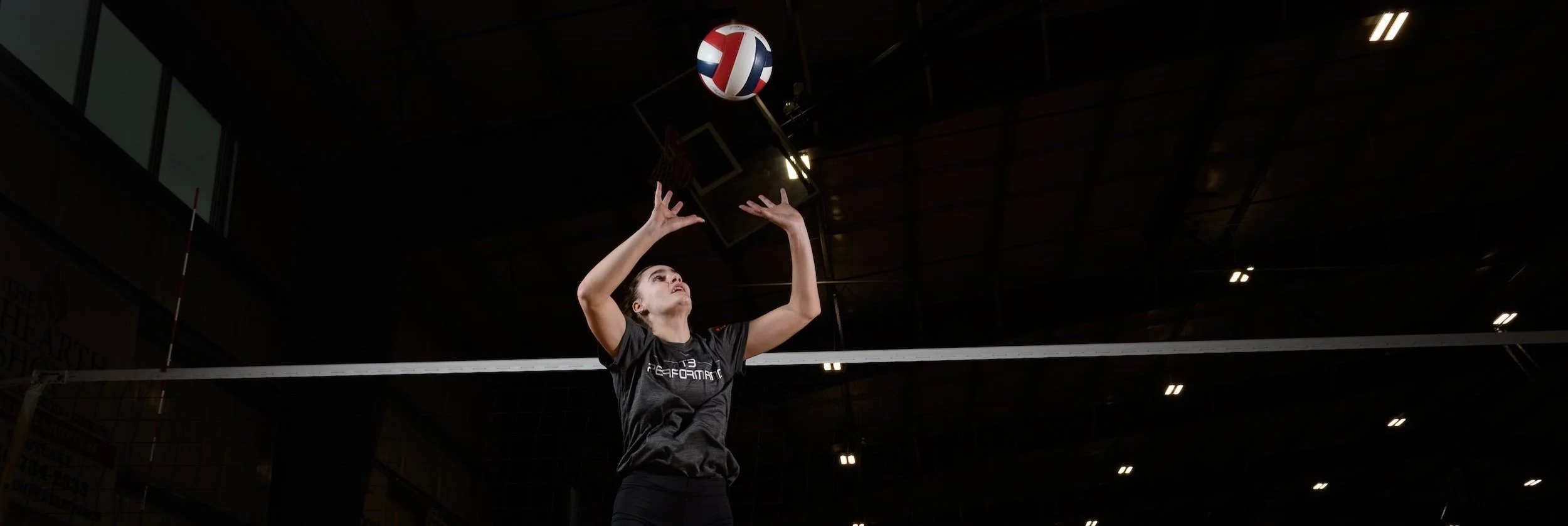Have you ever noticed how some young athletes seem to always be a little bit quicker than their teammates? In most youth sports, coaches and parents can pick out the fastest or quickest athletes after only a few minutes of watching them play. What is the one thing that these athletes have in common? The ability to hit the ground hard and then drive their body in a specific direction! Stiff ankles, “twitchy” muscle contractions, and body awareness all play a role in an athlete’s ability to accelerate quickly. And no matter what sport they end up playing, the fast kids always have an advantage!
An athlete’s quickness, acceleration, and top end speed all depend on what is happening at ground contact. This is why some athletes are “stuck in the mud”, while some seam to run so fast it looks like they’re floating.
It boils down to Directional Force Production. As you can see in the picture below, linear acceleration requires an explosive move into a “forward knee” position, and then the athlete must drive back with their forward leg positioned in the opposite direction that they are accelerating.
The same concept applies when an athlete accelerates laterally. The key is to apply quick forces into the ground the opposite direction which you intend to move! The direction of an athlete’s shins dictate which direction the athlete moves (laterally or in a straight line). The shin angle is controlled by the hips (with internal rotation and external rotation).
All directional forces MUST pass through the ankle complex. This makes it well worth our time to improve our “ankle ability.” Poor ankle mobility and poor ankle strength is analogous to a car with poor suspension or shock absorbers.
Here are 3 simple things that can help any athlete get more out of their ankles and accelerate better:
1. Warm up barefoot
Running and moving barefoot builds neuro-control and strength in muscles that our shoes may prevent us from using.
2. Ankle wall-stretch paired with calf raises
Mobility without stability is likely to lead to ankle injuries, however flexibility is necessary to drive into the ground. Adding some active stretches pre-workout and passive stretches post-workout can help safely achieve ankle mobility.
3. Jump and land frequently and in different ways during training
Jumping increases ankle durability (strength at length), decrease reaction time at ground contact, and increases the ability to translate force production directionally through the ankle.
New to T3? What to learn more about speed? Email Info@t3athlete.com to set up a free athlete orientation session with one of our performance coaches.



